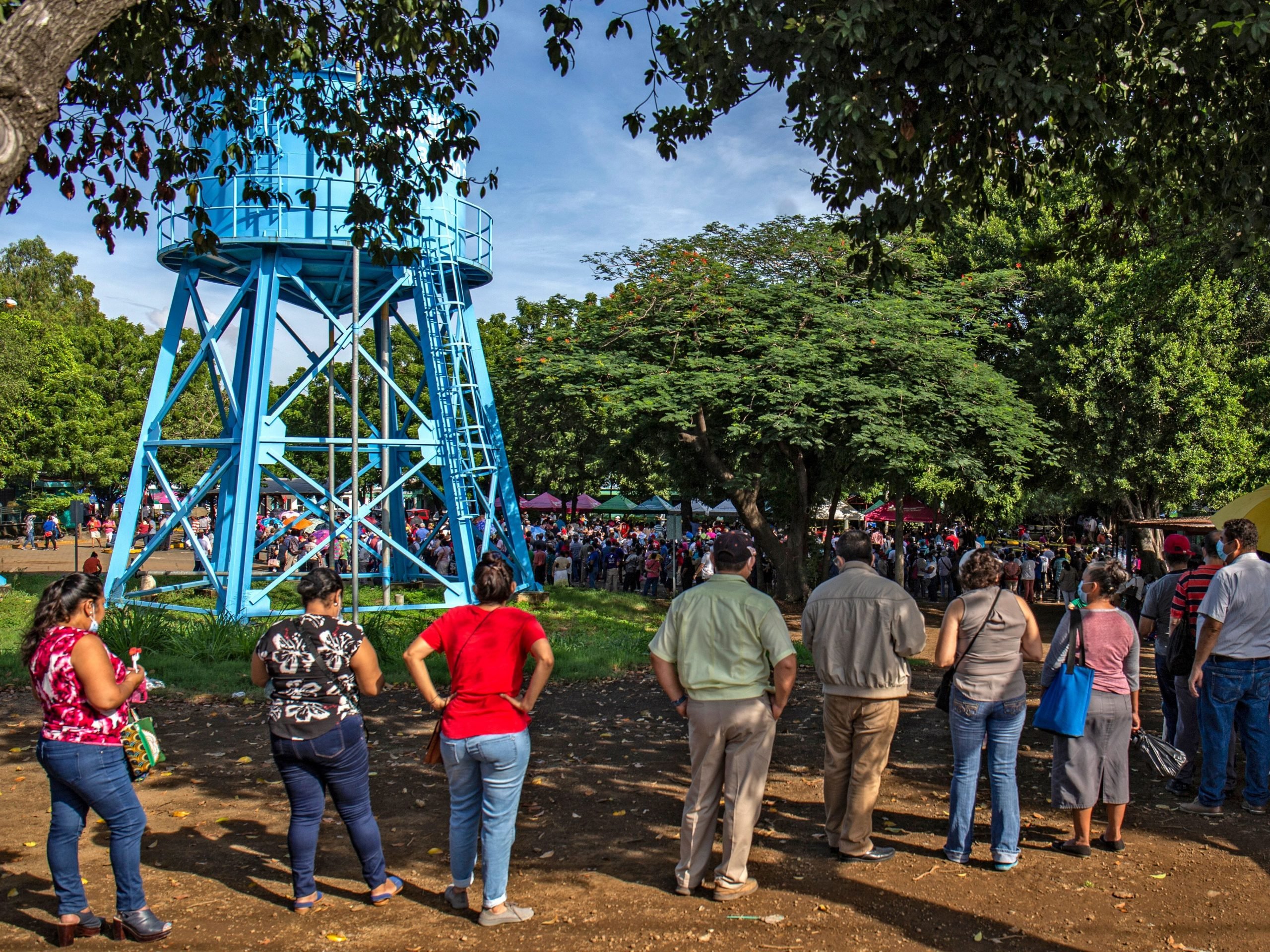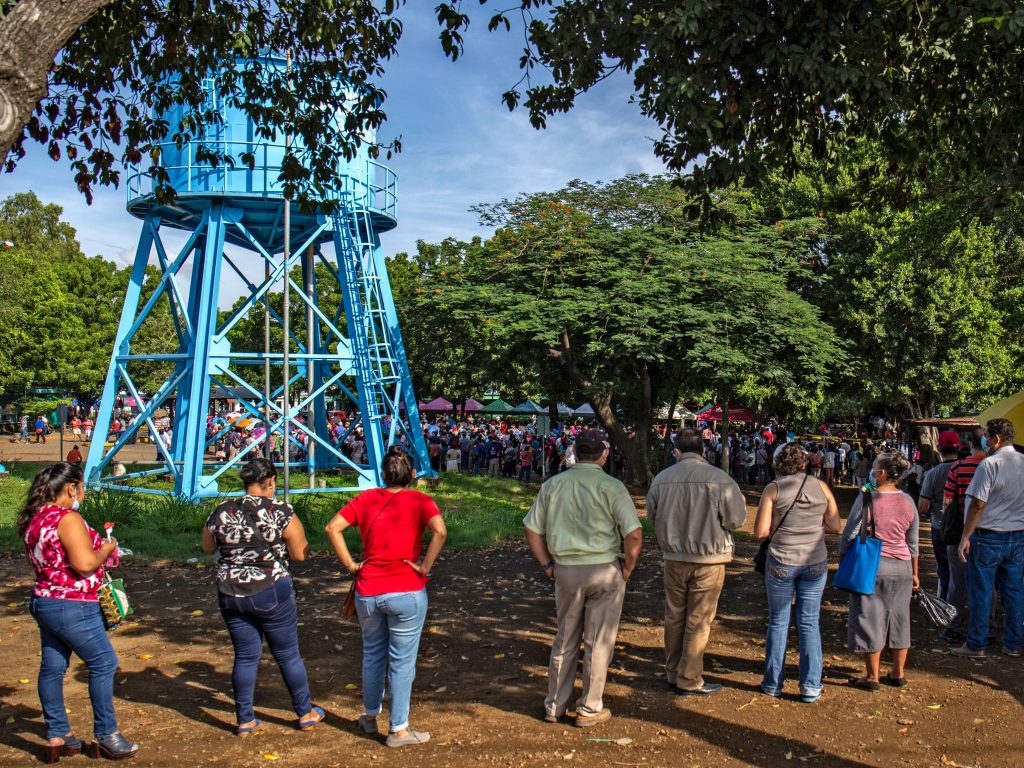
STR / AFP
- The WHO wants all countries to have vaccine rates of more than 10% by the end of September.
- It has called for rich countries to hold off booster shots until then, and prioritize vaccines abroad.
- Here are the 43 countries that have fully vaccinated less than 10% of their population.
- See more stories on Insider's business page.
Not a single low-income country has vaccinated more than 10% of its population, but nearly every high-income country has, the World Health Organization (WHO) said in a briefing Wednesday.
The WHO is pushing for every country to fully vaccinate at least 10% of its population by the end of September. It has urged high-income countries to distribute doses to nations with low vaccine rates, rather than giving boosters to fully vaccinated people at home – a so-called "booster moratorium."
On Wednesday, the head of the WHO, Dr. Tedros Adhanom Ghebreyesus, called for an extension of this moratorium until the end of the year "to enable every country to vaccinate at least 40% of its population."
The US plans to roll out booster doses from September 20 to try to optimize immunity and stop the spread of the highly infectious Delta variant.
Dr. Maria Van Kerkhove, COVID-19 technical lead at the WHO, said in a Q & A Tuesday that unequal vaccine distribution worldwide was "prolonging the pandemic" and "resulting in people dying."
Van Kerkhove said there was "enough vaccine."
"If we had used the vaccine doses that were available differently we would be in a very different situation right now, globally," she said. The same was true for COVID-19 treatments, tests, and personal protective equipment, she said.
"I think we need to be blunt. I think we need to be very clear that this is prolonging the pandemic," she said, adding that "everyone" had a role to play, including those who are making, buying, and selling vaccines.
Malta, Singapore, and the United Arab Emirates - the countries with the world's highest vaccine rates - have fully vaccinated more than 78% of their population, according to Johns Hopkins University. In the US, just under 54% of Americans are fully vaccinated.
Meanwhile, 43 countries are currently falling short of the WHO's goal of fully vaccinating at least 10% of their population by the end of September, the same data shows.
Van Kerkhove said that there was no "magical percentage" to aim for.
"I'm definitely advocating for more vaccination, but it has to be shared around the world," she said. "No-one is safe until everyone is safe because the virus is evolving," Van Kerkhove said.
The Delta variant, which has mutations that help it avoid the immune response, has spread to 174 countries, according to a WHO report released on Wednesday.
Insider compiled a list of countries that fall short of the WHO's 10% target as of Thursday, according to Johns Hopkins University data.
Less than 10% fully vaccinated
- Ukraine, 9.93%
- Eswatini, 9.55%
- Pakistan, 9.48%
- Guatemala, 9.10%
- Botswana, 9.02%
- Kyrgyzstan, 7.66%
- Rwanda, 7.18%
- Algeria, 6.97%
- Gambia, 6.72%
- Sao Tome and Principe, 5.54%
- Bangladesh, 5.5%
- Jamaica, 5.02%
Less than 5%
- Namibia, 4.64%
- Taiwan, 4.19%
- Uzbekistan, 3.67%
- Armenia, 3.65%
- Vietnam, 3.57%
- Egypt, 3.49%
- Senegal, 3.47%
- Burma, 3.32%
- Nicaragua, 3.15%
- Guinea, 3.11%
- Soloman Islands, 3.07%
- Togo, 2.94%
- Angola, 2.89%
- Gabon, 2.87%
- Malawi, 2.32%
- Mozambique, 2.15%
- Zambia, 1.63%
- Kenya, 1.55%
- Ghana, 1.33%
- Iraq, 1.26%
- Afghanistan, 1.13%
- Syria, 0.93%
- Nigeria, 0.77%
- Sudan, 0.56%
- Uganda, 0.55%
- Mauritania, 0.49%
- Mali, 0.44%
- Sierra Leone, 0.43%
- Papua New Guinea, 0.36%
- Cameroon, 0.31%
- South Sudan, 0.06%
There are six countries that Johns Hopkins University doesn't have data for: Cote d'Ivoire, Ethiopia, South Korea, Marshall Islands, Micronesia, and Palau.

